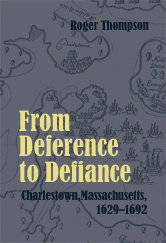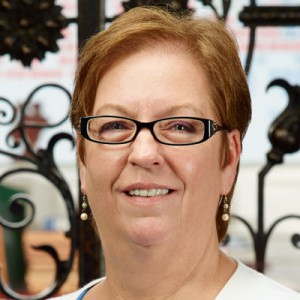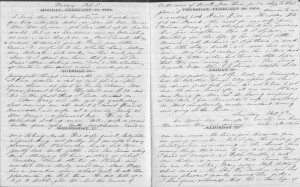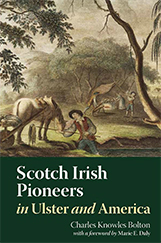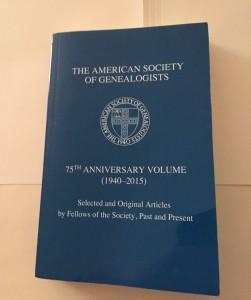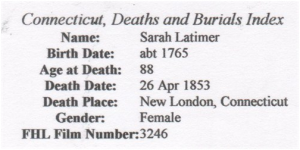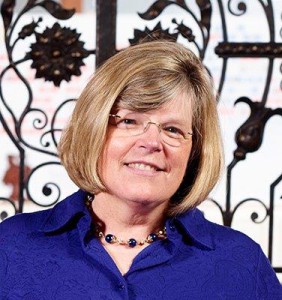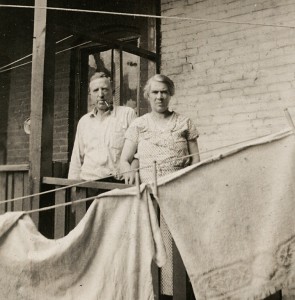
When I first began working on my genealogy, I quickly had aunts and uncles setting me to work on brick walls that had stumped them for decades. Overwhelmed by distant dates and unfamiliar names, I instead began with what seemed to me the simplest place to start: my maternal grandparents, Mary Deane and Walter Griffin.
I lived just a short bike-ride away from my Nana and Papa’s house, so I spent many afternoons seated at their kitchen table with a bowl of Jell-O as they sipped coffee and told me about their childhoods. I was fascinated by their stories of being raised by Irish immigrants in the tenements of Holyoke, Massachusetts, in the 1910s and ‘20s. Continue reading The name’s the same


